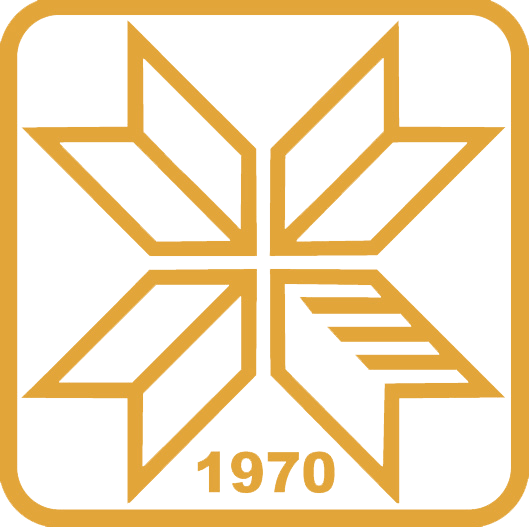Приказ основних података о документу
Muscle contraction adaptations in top-level karate athletes assessed by tensiomyography
| dc.contributor.author | Jeknić, Velimir | |
| dc.contributor.author | Dopsaj, Milivoj | |
| dc.contributor.author | Toskić, Lazar | |
| dc.contributor.author | Koropanovski, Nenad | |
| dc.date.accessioned | 2022-10-01T20:50:07Z | |
| dc.date.available | 2022-10-01T20:50:07Z | |
| dc.date.issued | 2022-08-19 | |
| dc.identifier.citation | ИИИ47015 | en_US |
| dc.identifier.uri | https://platon.pr.ac.rs/handle/123456789/716 | |
| dc.description.abstract | Background: This paper aimed to compare the involuntary stimulated neuromuscular response of thigh muscles in top-level karate athletes and recreational groups. Methods: The study included 13 male karate athletes (KAs) and 14 non-athlete male individuals (NAs). Tensiomyographic (TMG) measurements were obtained from the rectus femoris (RF), vastus medialis (VM), vastus lateralis (VL), biceps femoris (BF) and semitendinosus (ST). Results: Statistically significant differences were observed between KAs and NAs in knee extensor/flexor delay time (Td), contraction time (Tc), total contraction time (Tct), maximal radial displacement of the muscle belly (Dm) and rate of muscle tension development (RMTD). On a group level, KA dominant-leg extensors and flexors and also non-dominant-leg knee flexors had significant differences when compared to NA. Tct is a TMG parameter in which the KAs and NAs differ the most in the case of the knee extensors, while flexor muscles differ the most in the RMTD parameter. Conclusions: The lower Tct values indicate an improved ability of top-level karateka to make fast contractions of the agonist muscles. KAs’ higher RMTD values suggest on strength characteristics needed in breaking actions of the antagonist muscles. Existence of contraction-relaxation-contraction neuromuscular pattern in the RF muscle suggests on implementation of training strategies that involves both rapid muscle contractions and relaxations. | en_US |
| dc.language.iso | en_US | en_US |
| dc.publisher | MDPI | en_US |
| dc.title | Muscle contraction adaptations in top-level karate athletes assessed by tensiomyography | en_US |
| dc.title.alternative | International Journal of Environmental Research and Public Health | en_US |
| dc.type | clanak-u-casopisu | en_US |
| dc.description.version | publishedVersion | en_US |
| dc.identifier.doi | doi.org/10.3390/ ijerph191610309 | |
| dc.citation.volume | 19 | |
| dc.citation.issue | 16 | |
| dc.citation.spage | 10309 | |
| dc.subject.keywords | TMG; contraction time; neuromuscular changes; thigh muscles; combat sports; sport-specific adaptations | en_US |
| dc.type.mCategory | M21 | en_US |
| dc.type.mCategory | openAccess | en_US |
| dc.type.mCategory | M21 | en_US |
| dc.type.mCategory | openAccess | en_US |
